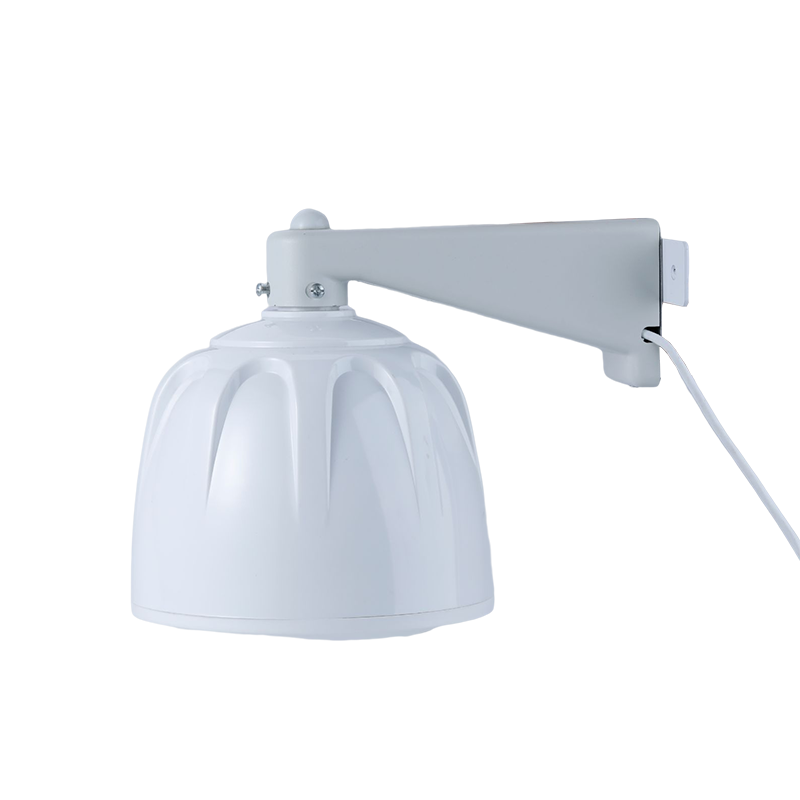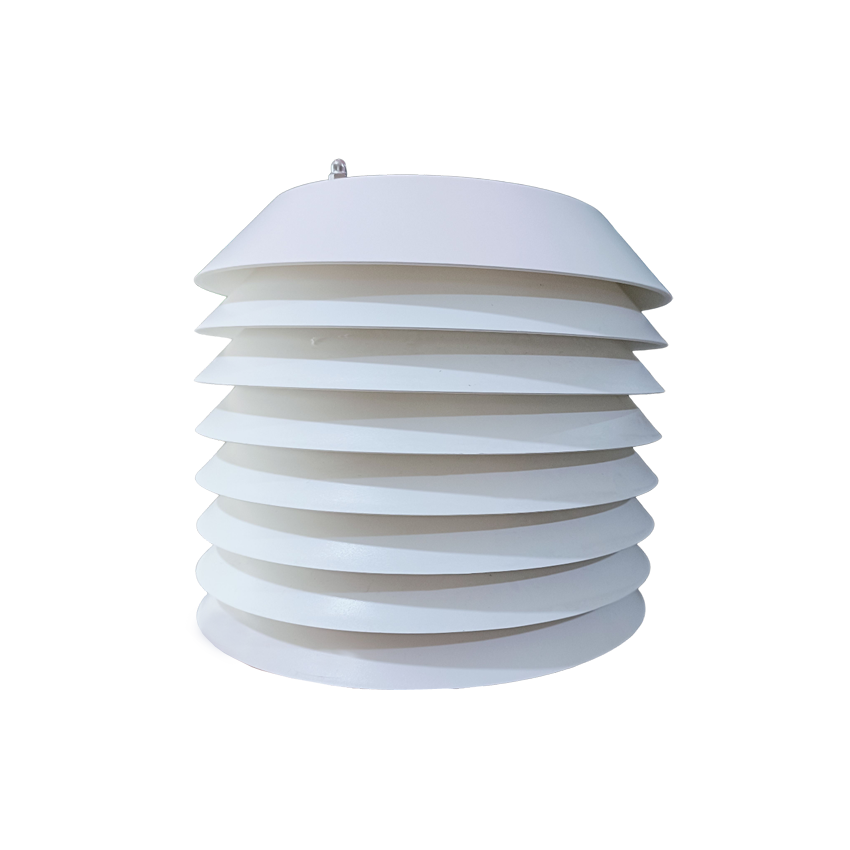

— Products —
 Consumer hotline +8618073152920
Consumer hotline +8618073152920 WhatsApp:+8615367865107
Address:Room 102, District D, Houhu Industrial Park, Yuelu District, Changsha City, Hunan Province, China
Ambient Sensors
highway visibility sensor is a device used to measure visibility on a road, usually mounted at the edge of the road or suspended from a viaduct. These sensors detect and measure atmospheric particulate matter, smoke, fog and other factors affecting visibility on the road and provide real-time visibility data based on the measurements. Highway visibility sensors use a number of different technologies to measure visibility. For example, some sensors use laser beams or photoelec···
Tel/WhatsApp:+8615367865107
Email:Arvin@niubol.com +Nearly 100 partner company in more than 68 countries. We are committed to providing high-quality, practical products to meet your needs and help you solve problems.Product Details
A highway visibility sensor is a device used to measure visibility on a road, usually mounted at the edge of the road or suspended from a viaduct. These sensors detect and measure atmospheric particulate matter, smoke, fog and other factors affecting visibility on the road and provide real-time visibility data based on the measurements.
Highway visibility sensors use a number of different technologies to measure visibility. For example, some sensors use laser beams or photoelectric elements to measure the distribution and concentration of particulate matter in the atmosphere to calculate visibility. Other sensors use cameras or video surveillance systems to capture images of the road and use computer vision algorithms to analyse and assess visibility in the images.
The primary role of highway visibility sensors is to provide real-time visibility data to help drivers and traffic managers understand current road conditions. These sensors can also be used for traffic management and safety decisions, such as adjusting speed limits, implementing lane closures, and issuing warning messages based on visibility data. At the same time, motorway visibility sensors provide an important source of data for traffic research, helping to improve traffic management strategies and road safety.

Front View
The visibility instrument (visibility sensor) requires a DC12V power supply and a three-wire RS485 communication cable. The instrument sends the meteorological visibility values and status information to the host computer in the monitoring centre via a communication interface.
The visibility instrument provides several sets of built-in commands for configuring system parameters and controlling many functions of the system. During assembly and maintenance, a display terminal is required to check the system parameters and may be used to change the parameter values.
The Visibility meter is an instrument that measures the distance visible in the atmosphere. Its measurement method is mainly through the measurement of the atmospheric extinction coefficient, and then based on empirical formulas to derive the distance observed by the naked eye. The measurement results of the visibility meter can reflect the transparency of the atmosphere and air quality, which have important application values for environmental protection and traffic safety.

What is the measurement principle of visibility meter?
The measurement principle of visibility meter is mainly based on the scattering and absorption of light. In the atmosphere, light is scattered and absorbed by airborne particles (e.g. water droplets, dust, aerosols, etc.), which results in an attenuation of the light intensity, thus affecting the range of vision that we can observe.
Visibility meters can derive the extinction coefficient of the atmosphere by measuring the degree of scattering and absorption of light. The extinction coefficient is the degree to which light is attenuated by scattering and absorption as it passes through the atmosphere, and there is a relationship between its value and visibility. Therefore, by measuring the extinction coefficient and using empirical formulas, the visibility meter can calculate the visibility distance of the atmosphere, i.e. the visibility.
There are various methods of measurement for visibility meters, one of which is the forward scattering method. The forward scattering method refers to the principle of measuring the atmospheric extinction coefficient using the intensity of light scattered in a certain direction. The visibility meter fixes the light source and the detector at the same position. After the light source emits light, the detector at a certain distance detects the scattered light intensity. By measuring the scattered light intensity in different directions, the extinction coefficient of the atmosphere can be deduced.
Another common measurement method is the transmission method. The transmission method refers to the principle of deriving the extinction coefficient of the atmosphere by measuring the intensity of light transmitted through the atmosphere. The visibility meter is set up with an artificial light source, the transmitted light intensity of the light source is detected at a certain distance, and the atmospheric transmission coefficient is calculated to convert the visibility distance.
Specifically, the measurement principle of visibility meter is based on the principle of atmospheric scattering and absorption. When light passes through the atmosphere, it is scattered and absorbed by particles and gases in the air, resulting in a weakening of light intensity. By measuring the degree of attenuation of light intensity in different directions, the visibility meter can deduce the extinction coefficient of the atmosphere. Based on an empirical formula, the extinction coefficient is then converted into the naked eye observation distance, i.e. visibility. Its measurement results can help us understand the quality of the atmosphere and the environmental conditions, which has important application value for traffic safety and environmental protection.

| Supply voltage: | DC12V |
| Signal output: | RS485 |
| Communication protocol: | standard MODBUS protocol |
| Baud rate: | 9600 |
| Technical principle: | light scattering |
| Scattering angle coverage: | 39o-51o front scattering |
| Peak wavelength: | 875nm |
| Bandwidth: | 100nm |
| Measuring range: | 5-10KM |
| Measurement accuracy: | ≤2km, 2%; 2km-10km, ±10%; |
| Working temperature: | -40-80℃ |
| Working humidity: | 0-95%RH |
| Standard cable length: | 10 metres |
| Size: | 610mm x 230mm x 300mm |
Material: | anodized hard aluminium, with paint protection on the outer surface |
| Protection grade | IP65 |

Rear view
The role and value of visibility sensors on motorways is very important. The following is the role and value of visibility sensors on motorways:
1. Providing real-time visibility information: Visibility sensors measure and monitor visibility conditions on the road in real time, including the impact of fog, smoke, atmospheric particulate matter, etc. on visibility. These sensors provide accurate visibility data to help drivers and traffic authorities understand current road conditions.
2. Enhancing driver safety: The primary goal of visibility sensors is to provide information about current road visibility so that drivers can react appropriately. In low visibility conditions, drivers may not be able to detect obstacles or other vehicles in front of them in a timely manner, thereby increasing the risk of accidents. By obtaining timely visibility data, drivers can take appropriate measures, such as slowing down, switching on vehicle lights and maintaining a safe distance, to ensure driving safety.
3. Auxiliary traffic management: visibility sensors can also be used to assist traffic management. Traffic management agencies can adjust the speed limit, implement lane closure, remind drivers of measures such as safety of road traffic and smooth traffic flow based on the visibility data provided by the sensor.
4. Provide real-time data support: real-time data generated by visibility sensors can be used for intelligent transport systems and road information dissemination platforms. These data can be communicated to drivers through road condition information dissemination boards, navigation applications, etc. to help them understand the visibility of the road ahead and make appropriate decisions.
5. Research and analysis: Historical data collected by visibility sensors can be used to study and analyse the relationship between visibility and traffic accidents, as well as the impact of visibility on traffic flow and road conditions. The results of these studies can help improve traffic management strategies and enhance road safety.
In summary, the role and value of visibility sensors on highways are in providing real-time visibility information, enhancing driving safety, assisting traffic management, providing real-time data support, and being used for research and analysis. Through the effective use of visibility sensors, highway safety and traffic efficiency can be improved.
Sensors & Weather Stations Catalog
Agriculture Sensors and Weather Stations Catalog-NiuBoL.pdf
Weather Stations Catalog-NiuBoL.pdf
Related recommendations
 Combined air temperature and relative humidity sensor
Combined air temperature and relative humidity sensor TVOC & H2S Gas Sensor
TVOC & H2S Gas Sensor Four gas and two dust micro weather station
Four gas and two dust micro weather station PM2.5/PM10 Integrated Sensor
PM2.5/PM10 Integrated Sensor PM100 Sensor
PM100 Sensor Temperature and humidity sensor with display
Temperature and humidity sensor with display
Screenshot, WhatsApp to identify the QR code
WhatsApp number:+8615367865107
(Click on WhatsApp to copy and add friends)